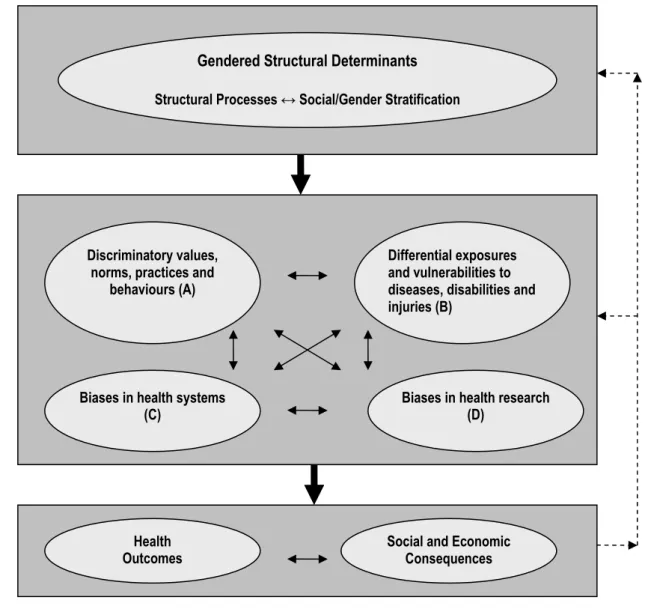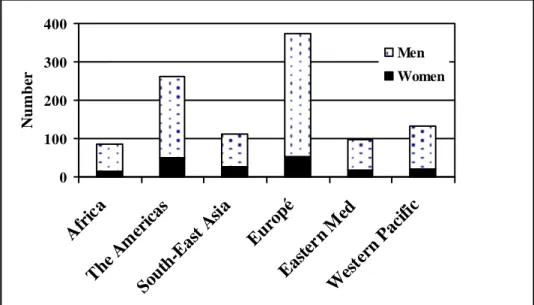Unequal, unfair, ineffective and inefficient gender inequity in health: why it exists and how we can change it
Texto completo
Figure


Documento similar
Considering working hour mismatches and the interaction with different dimensions of job characteristics sheds light on some contradictory or mixed results found in
For a short explanation of why the committee made these recommendations and how they might affect practice, see the rationale and impact section on identifying children and young
The expansionary monetary policy measures have had a negative impact on net interest margins both via the reduction in interest rates and –less powerfully- the flattening of the
1 Department of Mental Health and Substance Abuse, World Health Organization (WHO), Geneva, Switzerland, 2 WHO Collaborating Centre for Research and Training in Mental
Existing psychosocial barriers in society are capable of having an overly negative impact on women in science, technology, engineering and mathematics (STEM). And it can be
2. To maximize the science exploitation of datasets a. Duplication/Verification of science results b. Discovery of new scientific results.
Association of baseline C-reactive protein and prior anti-tumor necrosis factor therapy with need for weekly dosing during maintenance therapy with adalimumab in
The disease which failed to show any association was asthma, which was significant only among men in Spain (Table 4). All the aforementioned diseases were also somehow